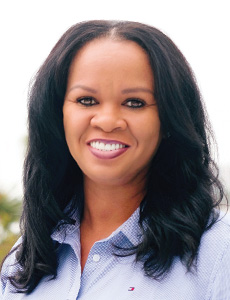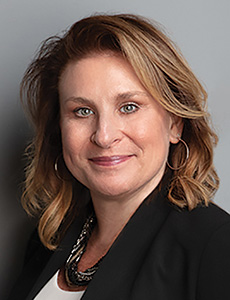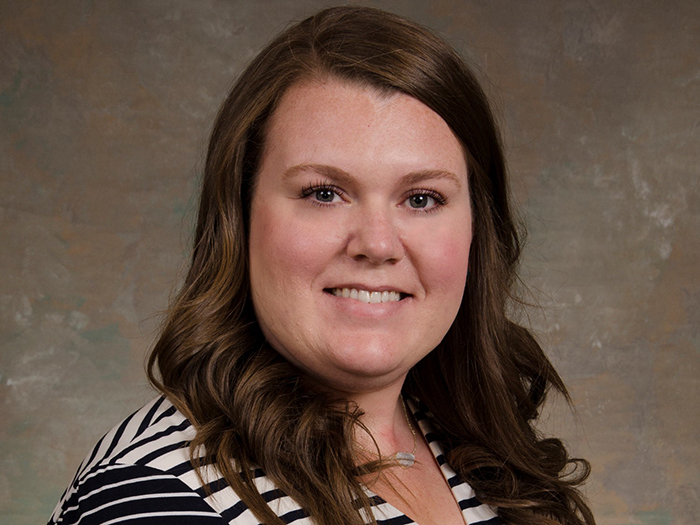The COVID Pivot: Claims Professionals Embraced Remote Work. How It Could Morph Into a Permanent Fixture for the Workforce

It’s easy to remember the fast-moving, sudden turn of events that COVID-19 caused in March 2020. Stay-at-home orders shocked schools, businesses and companies as every entity had to create some sense of normalcy in a particularly abnormal time.
It was a new, unsettling occurrence for a lot of people.
“We all prepare for the natural disasters and recovery in response to those, but the pandemic was something like I’d never seen before,” said Aquanda Lewis, senior vice president of customer experience, One Call.
Even though the pandemic disrupted every aspect of our lives, routine life was still taking place. Claims were still being filed. There was no time for professionals to sit idle.
COVID-19 forced people into a corner. Not adapting to the circumstances was not an option.
Organizations had to construct a new normal in a remote world that still produced a closely similar amount of effectiveness and productivity that a pre-pandemic environment would allow.
And while the pandemic will one day end, the methods and tactics used by organizations in response to COVID-19 may become key components, or options at the very least, of how claims professionals operate for years to come.
The Pandemic’s Onset and Professional Response
Before the pandemic, many claims organizations worked in person.
“Prior to the pandemic, I would say the predominant portion of our staff was all working physically in an office,” said Michele Tucker, vice president of EC operations, CorVel.
“From a customer connectivity standpoint and being available to injured workers, we really felt like the traditional model of being in the office was where we wanted to be.”
Stephen Deane, chief claims officer for Liberty Mutual, agreed that prior to the pandemic, most claims professionals were going into an office every day.
“There was a need and desire for that in-person interaction,” Aquanda Lewis added.
This interaction was not only vital for an adjuster to maintain customer relationships but also for the professionals themselves. The accessibility to colleagues and the connections formed proved to be invaluable to the work performed.
“There was a bit more camaraderie and that sort of team connection, because you’re in close, physical proximity to one another,” Tucker said.
“There was just accessibility to each other, whether it be for needs pertaining to professional support or a personal situation.”
As COVID-19 turned into a global pandemic, the biggest shift for organizations was strictly communicating through screens and rarely seeing the colleagues they would normally see face-to-face.
However, it’s important to note that a remote work environment was not an anomaly before the pandemic began. “It just wasn’t as aggressive as it had to become at the pandemic’s onset,” Aquanda Lewis said.
The dynamic still had to completely change overnight. The level and quality of communication among these organizations was key to enhance success in this new work environment.
“When you’re in an office, the ability to do face-to-face is one thing, but when we became remote, it really required our leadership to be creative [and] purposeful about communication,” Tucker said.
These creative solutions included scheduling regular meetings for check-ins and holding events to boost team engagement, among other things.
The switch to remote work also had its advantages. It enabled increased flexibility, especially as many professionals navigated their blended work and home lives. In some cases, healthy time management became more of a possibility as work commutes were removed.
But the shift was not without its fair share of challenges: Organizations had to discover new and effective ways to execute certain operations, such as onboarding for new employees and maintaining an injured workers’ privacy in a digital world.
For Brent Bland, senior vice president of claims at AmTrust, one challenge was honing in on having intentional conversations, which were a norm pre-pandemic.
“When the video conference call ends, the conversation ends. Colleagues don’t have those smaller or follow-up conversations that would take place after an in-person meeting. That’s just one practical example of how intentional we must be with what we do,” he said.
Thankfully, technology has minimized potential bumps in the road that could have been debilitating had the COVID-19 pandemic happened in a non-digital world.
Virtual conferences using tools like Zoom and Microsoft Teams meetings have become an everyday occurrence for most professionals.
Terri Lewis, chief human resources officer at One Call, said, “There’s been a lot of new technology in the last year, and I think we’ve really expedited those technologies that were perhaps developing long-term.”
Deane discussed the technologies used in the claims adjusting and management process itself, such as a new injured worker portal for workers’ compensation claims and virtual estimating for property claims.
Though Liberty Mutual had already been utilizing these technologies prior to the pandemic, Deane noted the true technology difference he experienced came from an internal perspective.
“Connecting people virtually would not have happened if we hadn’t already invested in applications like Teams and Zoom, and it’s those investments that enabled us to stay connected and ultimately be successful.”
The Importance of Culture and the Ability to Attract Talent
Culture makes or breaks an organization. Without the foundation that a strong culture provides, the organization is at risk of failing — and that’s in a world without a global pandemic.
Company culture relies heavily on the ability to meet, collaborate and congregate with colleagues.
While it’s still possible to achieve this remotely, it can feel not as effective as in-person interaction. It is imperative that organizations specifically work to enhance their culture.
For many organizations, protecting their culture has been made a top priority in the year of the pandemic. Tucker noted that culture equated to employee motivation to being productive in their new workspace while still processing the effects and stress of the pandemic.
She said, “That was a true challenge, supporting the engagement and motivation of employees and keeping them moving forward.”
For Deane, the pandemic allowed professionals to potentially gain experience in a line of coverage they were not exposed to before, thus showing the ability for talent to grow their careers in different lines of business.
In Liberty Mutual’s case, several casualty claims adjusters successfully learned a completely new line of claims management in workers’ comp due to the high spike in COVID-19 claims.
In addition, the ability to recruit new talent due to the absence of geographical constraints will have significant impacts on the industry moving forward.
Without the necessity of being in an office, organizations can opt to recruit any professional they want.
“Being able to attract the right talent is essential for the health of any organization,” said Terri Lewis.
“If an organization isn’t flexible with this, they’re definitely going to miss out on that talent. People are going to choose organizations that provide that work/life integration.”
What Comes Next?
As offices begin to reopen, organizations have been looking closely at what their “normal” will consist of.
While many are eager to return to an in-person operation, it’s unlikely that a complete, full-week office return will be the norm. Many organizations have seen the benefits and flexibility that a hybrid work week provides.
This will likely become a normal component of work post-pandemic.
Despite the changes the industry has undergone due to COVID-19, Aquanda Lewis knows one thing for certain: “If we think about the life cycle of managing care, we’re never going to stray from that, but we’re going to have solutions that will enable us to do it differently,” she said. &













